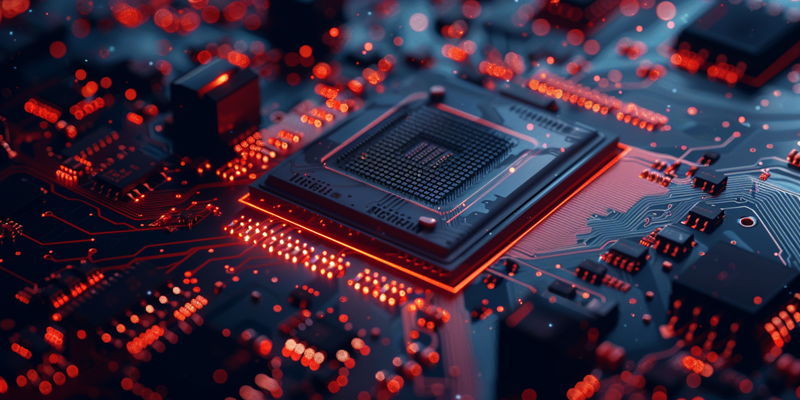Challenging the long-standing dominance of AMD and Intel in the laptop space, Qualcomm has made a daring entry with its Snapdragon X Elite SoC, targeting the forefront of energy-efficient, high-performance computing. It’s not all talk; Qualcomm presents solid benchmarks showing the Snapdragon X Elite beating Intel’s 13th Gen mobile CPUs and even Apple’s M2 in performance and power efficiency. The SoC shines with a 54% improvement in single-thread performance over Intel’s Core i7-1255H while maintaining the same power use, and a 65% increase in efficiency during multi-thread tasks. Remarkably, Qualcomm achieves this with a traditional non-hybrid setup, utilizing 12 ARM-based Oryon CPU cores, suggesting that a significant market shake-up could be on the horizon. With such promising capabilities, the Snapdragon X Elite positions Qualcomm as a serious contender in the battle for laptop processor supremacy.
A Strategic Leap
Qualcomm is blazing a trail into the Windows laptop domain with its Snapdragon X Elite, marking a notable shift from the traditional x86 architecture. This new chip not only promises to advance computing with a 51% jump in single-threaded performance over Intel’s Meteor Lake CPUs but also revolutionizes power efficiency by using 58% less energy for comparable tasks. The Snapdragon X Elite positions the ARM-based SoC as a potent competitor in the high-performance computing arena, bridging the gap between sheer performance and energy conservation. As Qualcomm challenges the status quo, it potentially ushers in a new era where the landscape of laptop processing could see a significant transformation, balancing power with sustainability. The industry watches closely as these developments could redraw competitive boundaries and set new standards for future computing solutions.

